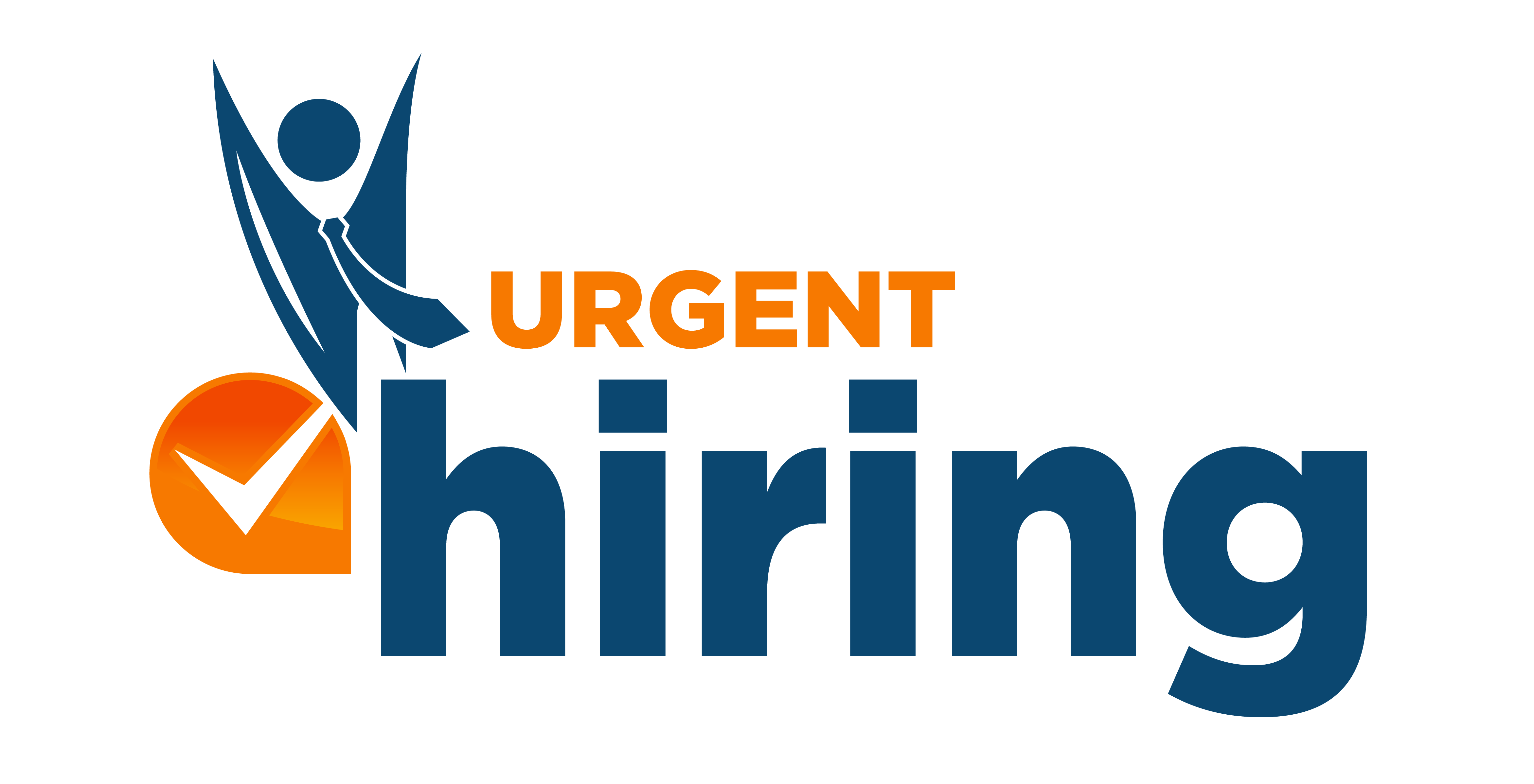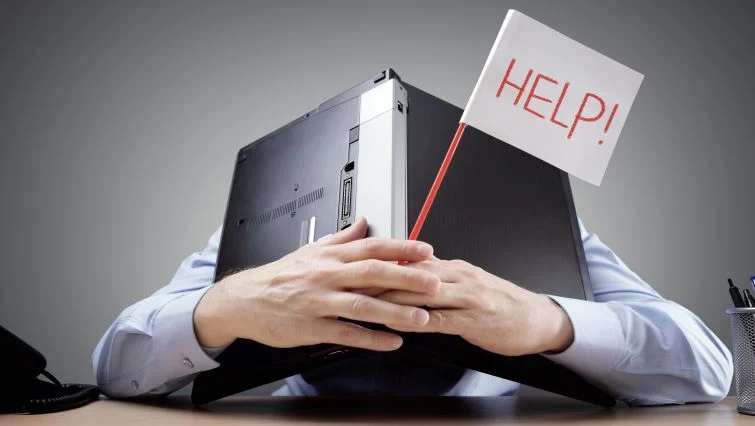What is work anxiety?
What is causing work-related anxiety?
Work anxiety stems from several significant factors, including globalization, technological advancements, escalating workloads, and the psychological and social dimensions of work.
1. Globalization: Thanks to technology, organizations can expand their client base across different time zones, presenting both opportunities and challenges. However, managing clients and staff in different time zones contributes to work-related anxiety.
2. Technological Advancements: While technology enables the handling of more complex tasks, it also leads to heightened levels of anxiety at work due to the increased demand for time and skills.
3. Increasing Workloads: Recent studies, like one commissioned by Groupon, highlighted work stress. Findings indicated that 20% of respondents worked over 10 hours a day, with 50% expressing that workload hindered achieving a work-life balance. Despite working extensively, 53% still faced significant financial concerns.
4. Work-Reward Misalignment: Anxiety arises when the volume of work does not align with the corresponding rewards, fostering dissatisfaction and stress.
5. Loneliness in Remote Work: While remote work offers advantages, it can pose challenges, particularly for extroverted employees valuing a sense of belonging. The absence of personal interactions and the office environment can lead to feelings of loneliness and anxiety among remote workers.
Statistics on work-related anxiety:
In the United Kingdom alone, workplace anxiety and stress led to the loss of 17.9 million workdays during 2019-2020. More than 75% of employees experiencing workplace anxiety reported that it extends into their personal lives, with men (83%) being more affected than women (72%). A significant 34% of employees have refrained from discussing work anxiety or stress with their supervisors, fearing potential reprisals or a reduction in responsibilities. The annual economic loss to the U.S. economy due to workplace anxiety and stress amounts to $300 billion. A notable 55% of employees experience stress throughout the day. The market for work anxiety reduction and stress reduction approaches is valued at $11.3 billion, with an annual growth rate of approximately 8.5%.
What is the intersection point between work anxiety and increased remote work?
How to manage work anxiety

1. Develop a Routine:
– Create a daily schedule that includes specific activities for your well-being.
– Structure your workday consistently for a sense of control and predictability.
2. Seek Clarification from Leadership:
– Regularly ask for project priorities and clarification from managers.
– Addressing poor communication and lack of clarity can help alleviate anxiety symptoms.
3. Leverage Social Connections:
– Maintain connections with friends and colleagues for essential social support.
– Organize virtual or in-person events to nurture these connections, recognizing their impact on happiness.
4. Take Regular Breaks:
– Follow the 52/17 rule: work for 52 minutes and then take a 17-minute break.
– Regular breaks enhance productivity and reduce work-related stress.
5. Explore a Side Hustle:
– Consider developing a side hustle for additional income and financial security.
– Choose a side gig that brings joy and purpose, alleviating stress related to job security.
6. Prioritize Physical Health:
– Incorporate physical activity, meditation, or mindfulness into your daily routine.
– These activities help alleviate stress and promote mental well-being.
7. Ensure Adequate Sleep:
– Aim for eight hours of sleep per night to start each day with renewed vigor and focus.
– Lack of sleep can have a detrimental impact on overall quality of life.
By implementing these strategies, you can effectively manage and reduce work-related anxiety, enhancing your overall well-being and productivity.
What is a good job for someone with anxiety?
What should managers know about workplace anxiety?
Group Environment:
– Thrives on contact with people and enjoys engaging with others to share work and ideas.
– Productivity is enhanced in a collaborative setting where on-the-spot questions are welcome.
– Enjoys the energy generated by the mix of personalities and diverse problem-solving approaches in an office.
– Works best when surrounded by a group of colleagues in a dynamic, team-oriented environment.
Solo Environment:
– Thrives in a space free from auditory or visual distractions to focus on tasks.
– Similar to the rise of “pod” spaces in Silicon Valley, solo environment individuals benefit from a dedicated and uninterrupted workspace.
– Once the concentration zone is breached, it can take a considerable amount of time to regain focus.
– Productivity style is centered around the need for solitude rather than an introvert vs. extrovert dynamic.
– While sociable at social events, maximizing workflow requires dedicated time alone for focused work.


